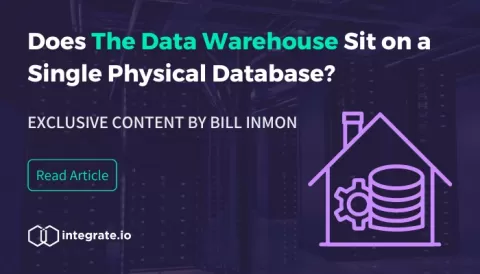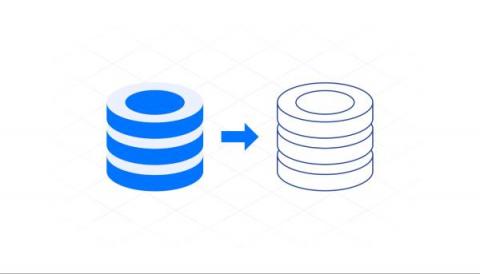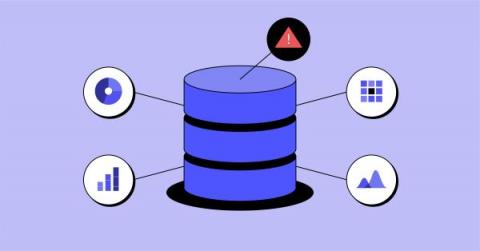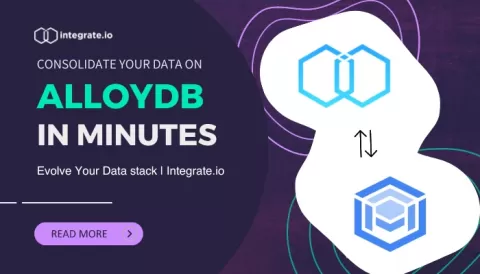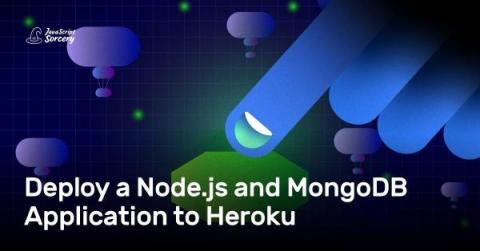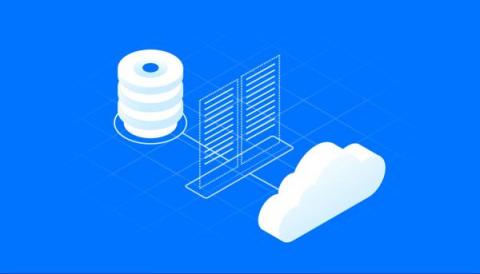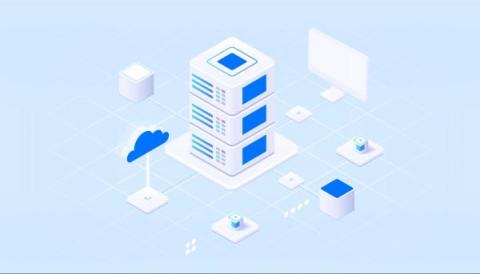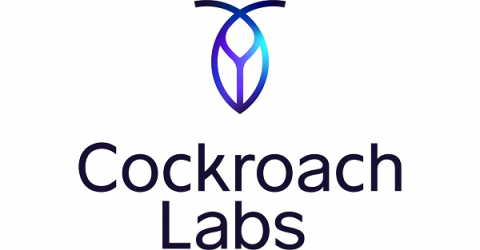Databases
Unlocking HBase on S3 With the New Store File Tracking Feature
CDP Operational Database (COD) is a real-time auto-scaling operational database powered by Apache HBase and Apache Phoenix. It is one of the main data services that run on Cloudera Data Platform (CDP) Public Cloud. You can access COD from your CDP console.
Database replication: Definition, types and setup
Database replication involves storing copies of a database in different locations. Learn how it works and how to get started.
How to solve four SQL data modeling issues
SQL is the universal language of data modeling. While it is not what everyone uses, it is what most analytics engineers use. SQL is found all across the most popular modern data stack tools; ThoughtSpot’s SearchIQ query engine translates natural language query into complex SQL commands on the fly, dbt built the entire premise of their tool around SQL and Jinja. And within your Snowflake data platform, it’s used to query all your tables.
Consolidate Your Data on AlloyDB With Integrate.io in Minutes
Deploy a Node.js and MongoDB Application to Heroku
Do you have a Node.js project that you want to put into production but don't know how? In this tutorial, you'll learn how to deploy a Node.js and MongoDB application to Heroku. Before we get started, let's take a very quick look at Heroku and MongoDB.
Demystifying the transactional database
Transactional databases are essential to many apps and software. Learn more about them and their benefits with Fivetran.
What is a database? Definition, types and examples
Databases are important for every organization. Learn more about what databases are and the different types available.
Seven essential database schema best practices
Your database schema is the foundation for everything you do with data. Learn our essential best practices in our complete guide.

